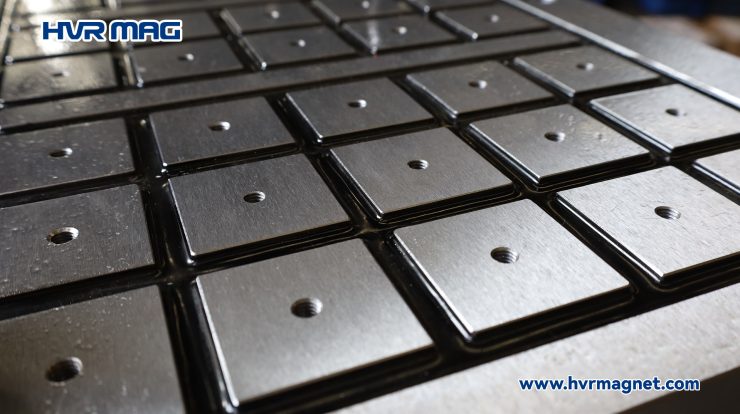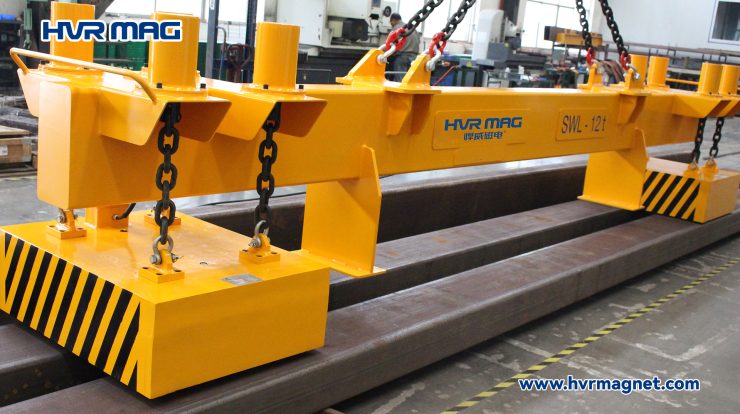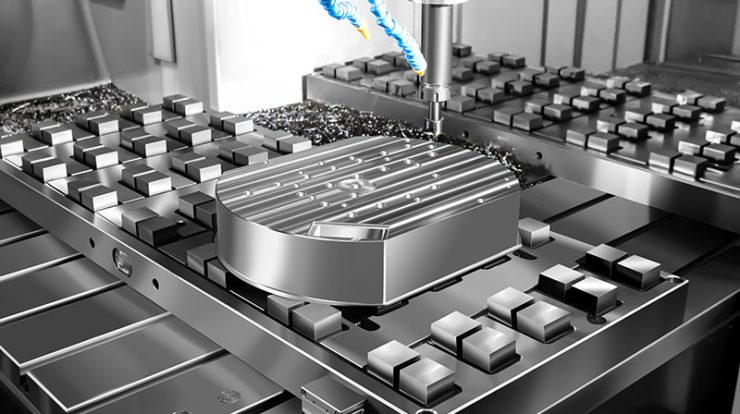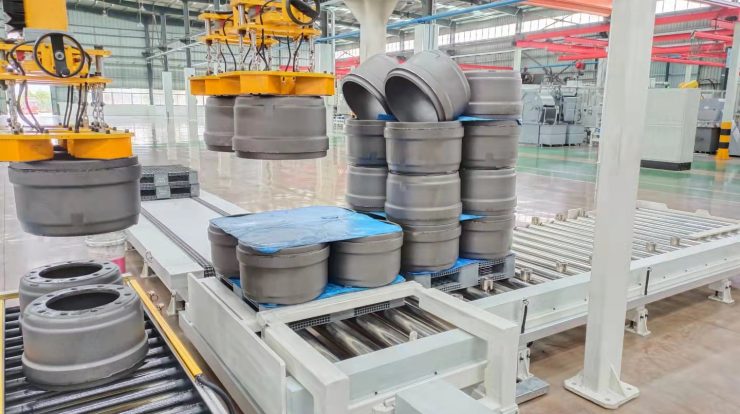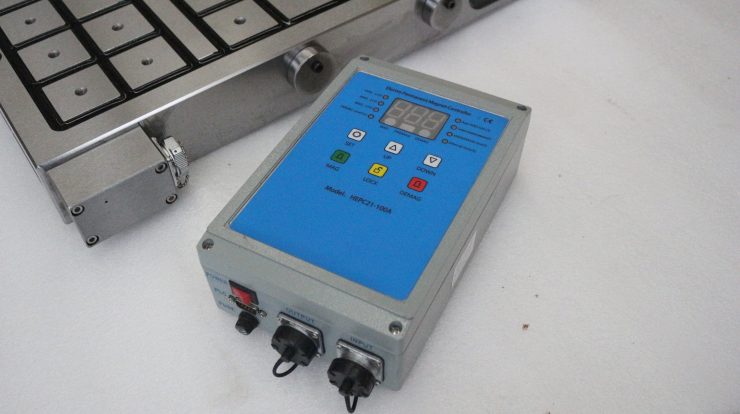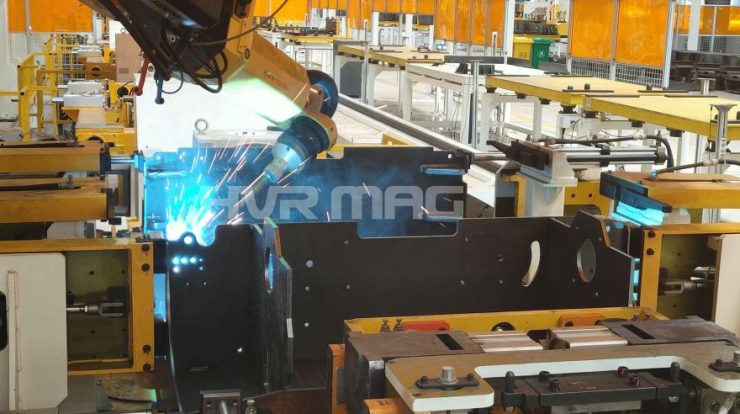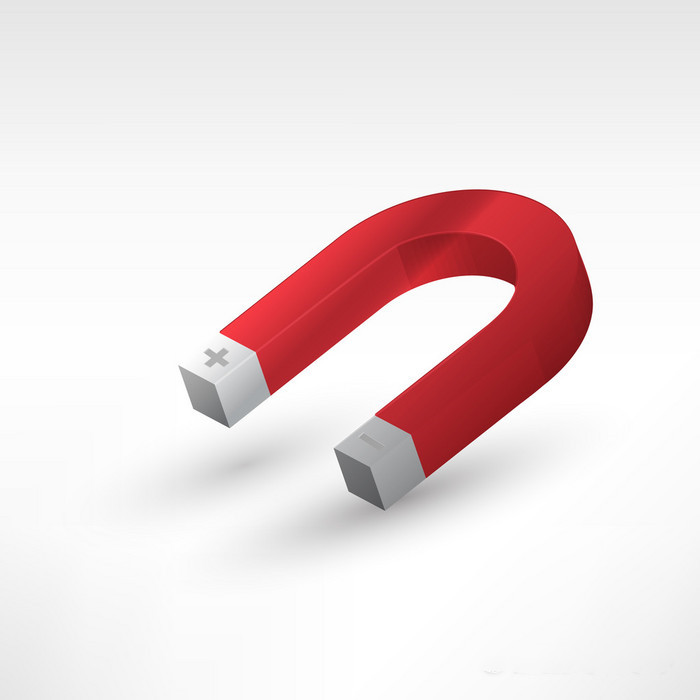
Since we were kids, we’ve been playing with magnets, even till now. And every time when I do, I can’t stop wondering inside my heart “how do magnets work?”. Many of us understand that magnets have two different charges and that the charges repel each other, but that still does not explain how a magnet works.

What are magnets?
A magnet is any material or object that produces or generates a magnetic field. In this way, a single orbital electron does so due its intrinsic spin, which produces a current, therefore generates a magnetic field. This magnetic field is responsible for the property of a magnet: a force that pulls on other ferromagnetic materials and attracts or repels other magnets.
However, in most atoms, these spins cancel out and so there is no net magnetic field. When we consider magnetism, it’s usually ferromagnetism we’re referring to, which is the type most detectable. There are other forms, such as paramagnetism and diamagnetism but they are very weak and insignificant.
Materials that can be magnetized such as iron and steel, which are strongly attracted to a magnet, are called ferromagnetic. Although ferromagnetic materials are the only ones attracted to a magnet strongly enough to be commonly considered magnetic, all other substances that respond weakly to a magnetic field cannot be attracted by a magnet, are called non-magnetic materials, such as rubber, plastic, wood, glass and even some metals such as aluminium, copper and gold.
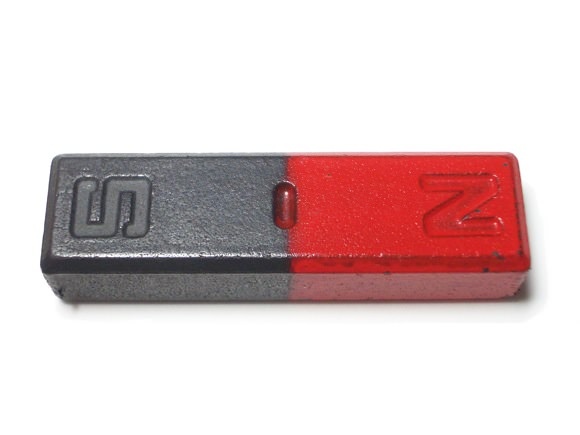
How do magnets work?
Magnets work because they contain what are called magnetic domains – little bits of matter that are magnetically polarized north to south. In most metals, these point in every direction and cancel each others magnetic fields. In a magnet, they are all aligned in more or less the same direction, so the overall objects acts like one big magnetic domain.
If you introduce electric current, the domains will start to line up with the external magnetic field. The more current applied, the higher the number of aligned domains. As the external magnetic field becomes stronger, more and more of the domains will line up with it. There will be a point where all of the domains within the iron are aligned with the external magnetic field (saturation), no matter how much stronger the magnetic field is made. After the external magnetic field is removed, soft magnetic materials will revert to randomly oriented domains; however, hard magnetic materials will keep most of their domains aligned, creating a strong permanent magnet.
On the other hand, magnets can lose their attraction if you randomize the direction of the domains within it, by heating it up to a high temperature or by bashing it enough times.
To wrap things up on “how do magnets work”, the atoms of ferromagnetic materials tend to have their own magnetic field created by the electrons that orbit them. Small groups of atoms tend to orient themselves in the same direction. Each of these groups is called a magnetic domain. Each domain has its own north pole and south pole. When a piece of iron is not magnetized the domains will not be pointing in the same direction, but will be pointing in random directions canceling each other out and preventing the iron from having a north or south pole or being a magnet.
Or, if you have a different view or perspective on magnets, please feel free to leave a comment below.

